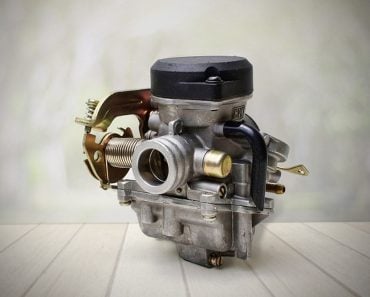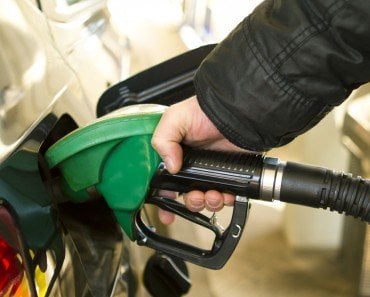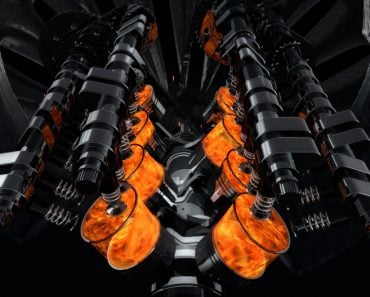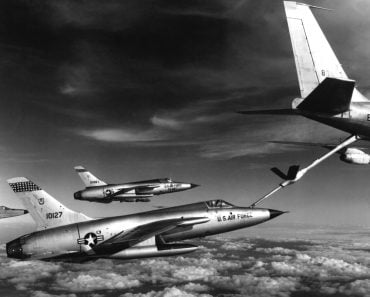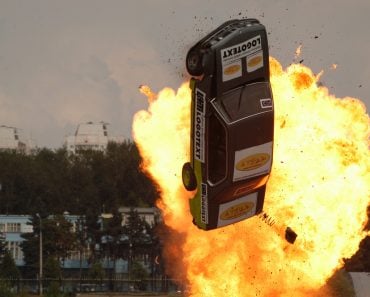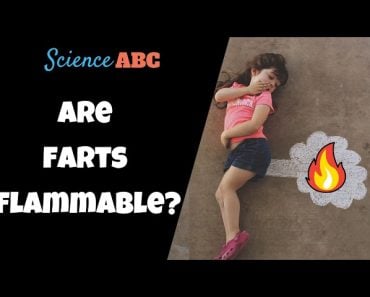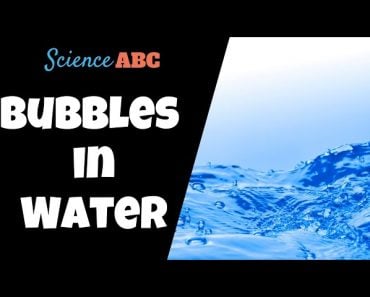Table of Contents (click to expand)
The Venturi effect is the physical phenomenon that causes the gas pump to automatically shut off when the tank is full. The Venturi effect occurs when the density of a fluid (in this case, gasoline) is greater than the density of the air. When the level of gasoline reaches the level of the hole in the gas pump nozzle, the Venturi tube experiences a change in fluid pressure. As a result, the diaphragm collapses slightly and an automatic shut-off of the flow of gasoline through point A occurs.
The extent to which various different devices and techniques have made our lives simpler sometimes baffles me. Almost everything has either already become, or is in the process of becoming, completely automated. Take, for example, the gas pump. Although it is mainly used to feed oil into the parched tanks of vehicles, there are quite a few imaginative ways that people use gas pumps; take this lady here, for example, who chooses to wash the windscreen of her car with it.
However, we’re not going to talk about other uses for gas pumps. We simply want to discuss an extremely common phenomenon that you probably observe every time you fill up the tank of your car. Yes, you guessed it… we’re going to figure out a bit more about the automatic shut-off function of the gas pump nozzle.
Automatically shutting off of the pump may seem like an “out-of-your-league” electric process, but actually, it’s not an electric process at all. In fact, it is a mechanical process – and a rather innovative one at that! It involves a very interesting physical phenomenon, known as the Venturi effect. Let’s take a closer look.
Recommended Video for you:
Venturi Effect: Something You Witness Almost Every Day
The Venturi effect is one of those common phenomena that you experience every day, but don’t know the name or even recognize the phenomena until pointed out by a physics professor. Don’t be frightened by the figure below; it simply depicts how fluid pressure changes as a result of a change in the cross-section of the container.
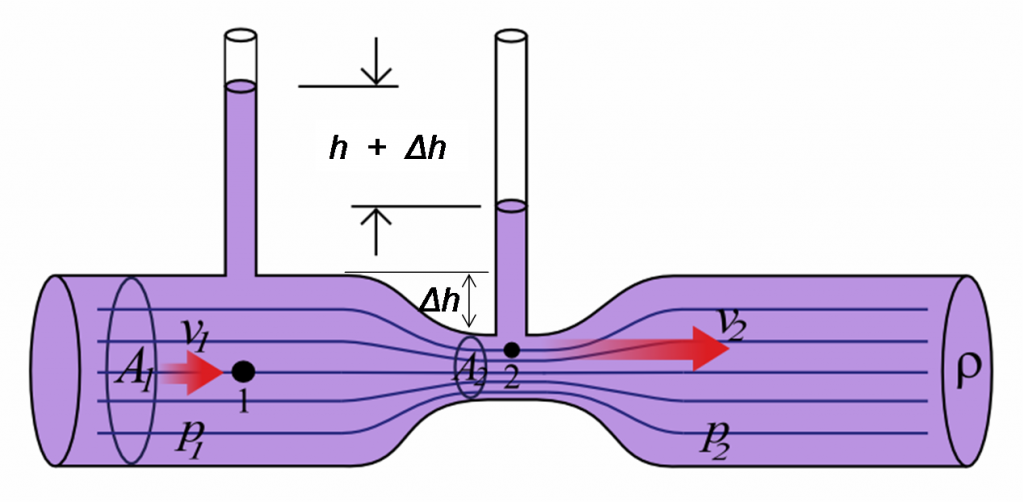
Take any rubber (or any other elastic material) pipe and run a fluid (water, in this example) through it. Now, gently press the pipe right in the middle. What happens? The speed with which water flows through the pressed region (or the area where you have applied pressure) increases. The other change that you may not experience here is the change in the fluid pressure in that region (fluid pressure decreases in the compressed region). That’s basically what the Venturi effect is all about.

If you understand Venturi effect, then congratulations! Essentially, that means you understand the basic principle behind the magical shutting off of the pump nozzle. All that remains to understand now is how the whole mechanism works, which, by the way, is quite interesting too!
When the fuel indicator on your dashboard tells you that the tank is empty, what it’s actually telling you is that the tank is devoid of any gasoline, but not devoid of everything. It also contains air; as your vehicle runs and gasoline is used, the space that it vacates is instantly occupied by air. This means that when there is no gasoline left in the tank, it’s still filled, but only with air.
What’s Inside The Pump Nozzle?
Next time you go to a gas pump, take a closer look at the pump nozzle (i.e., the thing that goes inside the tank of the vehicle to fill it). Upon inspection, you will find a small, half-inch hole at the end of it. If you don’t know already, then I should tell you, this hole does not pass gasoline to the tank. From the looks of it, it may seem like it just sits there idly, not doing anything at all. But is that true? What purpose does the hole serve?
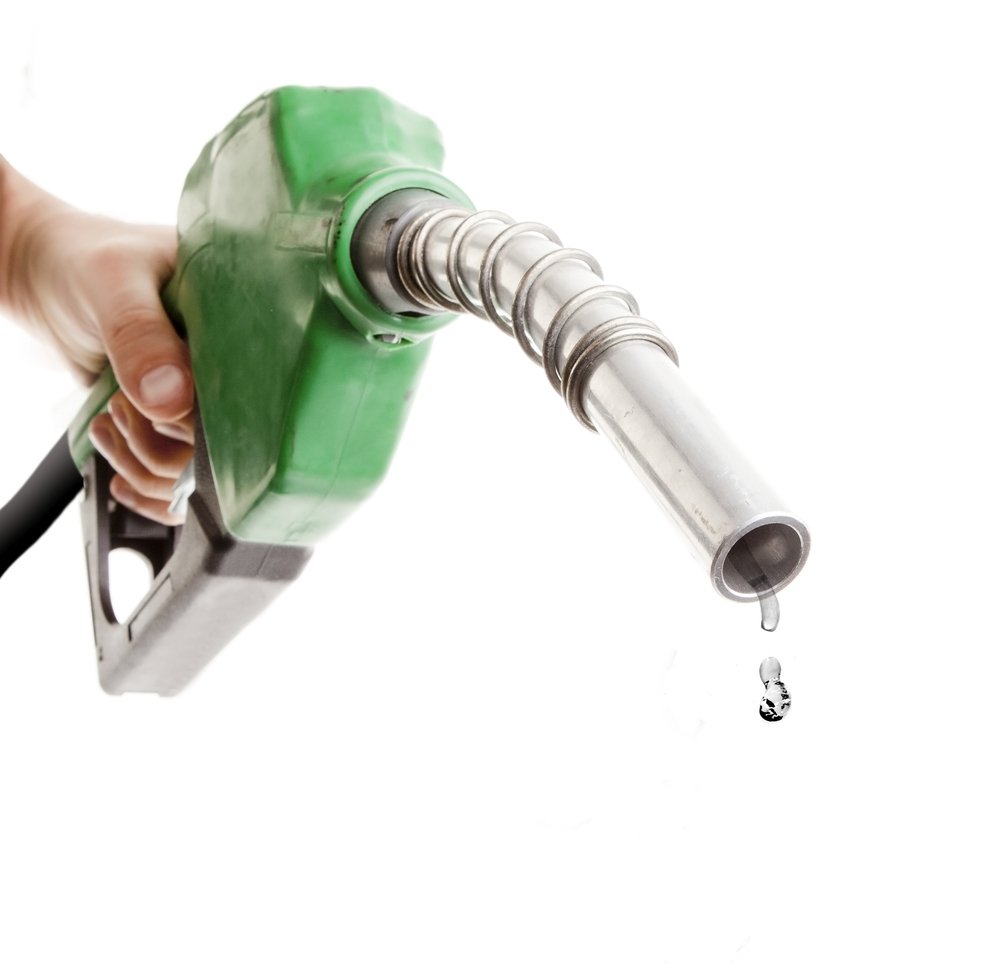
Well, that inconspicuous hole performs a very important function that ensures that not a single drop of the precious (and expensive!) oil is spilled.
This hole is connected to a small pipe that runs into the handle. At a point near the end of its length, let’s call it Point A, the pipes veers off in a different direction to a diaphragm of air. At Point A, there is a Venturi tube through which gasoline flows. This is how the nozzle appears from the inside; but now let’s see how the whole thing works.
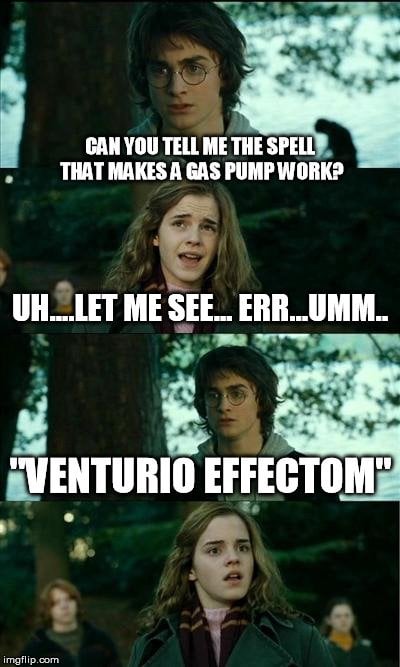
How Does It Actually Work?
How the nozzle shuts off automatically with a click may seem like magic to toddlers and adults alike, but it actually involves a very simple and innovative process.
When the tank is not full, air is drawn from the tiny hole (of the nozzle) to the diaphragm due to suction. This goes on until the level of gasoline reaches the level of the hole (or passes the hole). As soon as the hole dips beneath the level of gasoline, it starts to suck up gasoline. Since the density of oil is greater than air, the Venturi tube experiences a change in fluid pressure. As a result, the diaphragm collapses slightly and an automatic shut-off of the flow of gasoline through point A occurs.
What happens next is what we’re all familiar with – the crisp click announcing a freshly full tank.
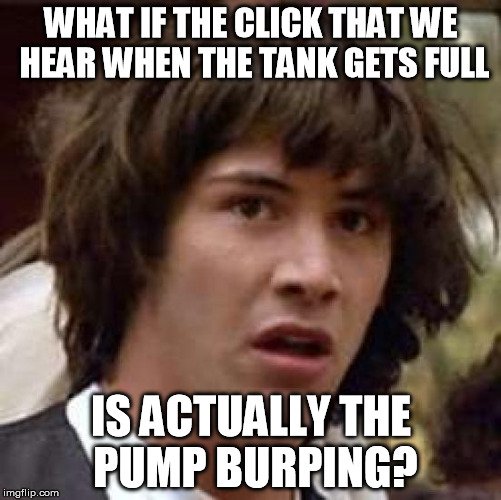
It’s incredible how simple stuff from our daily lives can help inspire such path-breaking techniques and make our lives easier; in this case, the employees in charge of filling up tanks at a gas station are the real winners!


